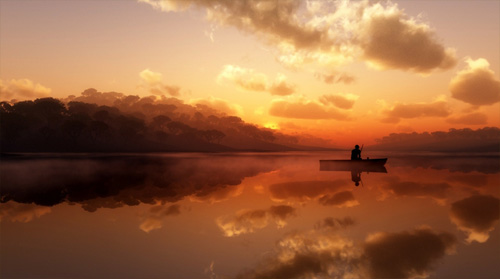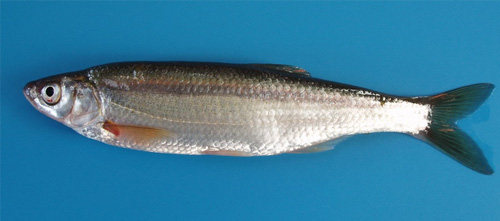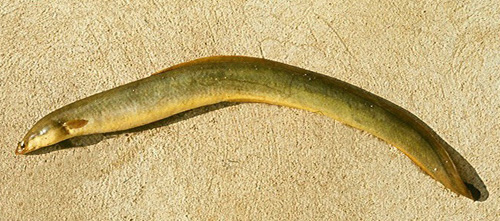SPORT FISHING
Sport fishing on Skadar lake is true attraction for fishermen who have the opportunity to take a chance and catch one of numerous species of fish. We recommend that you catch it and return it back into the lake.
There are 42 species of fish living in the lake. Bleak, carp, splash and perch are in greatest number. Through river Bojana, from the sea come eel, salmon and sea bass. Despite the large number of birds, there was always more than enough fish in the lake for fishing, and tables in local households cannot be imagined without dried bleak.
Fishing can be organized form the boat or from the coast. The experienced guides will recommend our guests the best locations for fishing, depending on the fish they aim for. For sport fishing on Skadar lake you need daily or annual permission for sport fishing. Fishing is prohibited from 15th March until 01st June!

THE MOST COMMON FISH SPECIES
Bleak
The body length reaches 23 cm. It normally eats plankton, zooplankton (Cladocera, copepods, etc). During the winter it is collected in sub lacustrine sources and it doesn`t eat then. It spawns form the end of March until the middle of July, in coastal areas with sandy and rocky bottom. It spawns sticky roe, which incubation lasts up to five days, on the depth of 30 cm on the rocky or sandy bottom.

Carp
The length of the body grows up to 1 m or more, and it can weigh up to 30 kg. Spawn eat small invertebrates from the bottom and insect larva, while adults eat insect larva, warms, mollusk and plants. It spawns at the end of April and the beginning of May. It spawns in groups on shallow bottom surfaces with rich macrophyte vegetation (1 female, 3-4 males), where female spawns 26 000-1 600 000 pieces of sticky roe, with the incubation process in duration between 3 to 6 days. It reaches its pubescence between ages 2 and 4.

Eel
It spends majority of its life in fresh water, when breeding it goes into the sea. In fresh water it eats invertebrates from the bottom (mollusks and crabs), fish, and other fish roe. It spawns in the northern part of Atlantic Ocean (Sargasso sea). After spawn, roe of 1mm diameter carried by Gulf stream in front of European coast metamorphose into vitreous, transparent eels. Females than migrate to fresh waters, and males stay at the mouth of the rivers in brackish water. They live in fresh water for 4 to 10 years, and then they start to migrate on the same road, to the same spawning place. .

